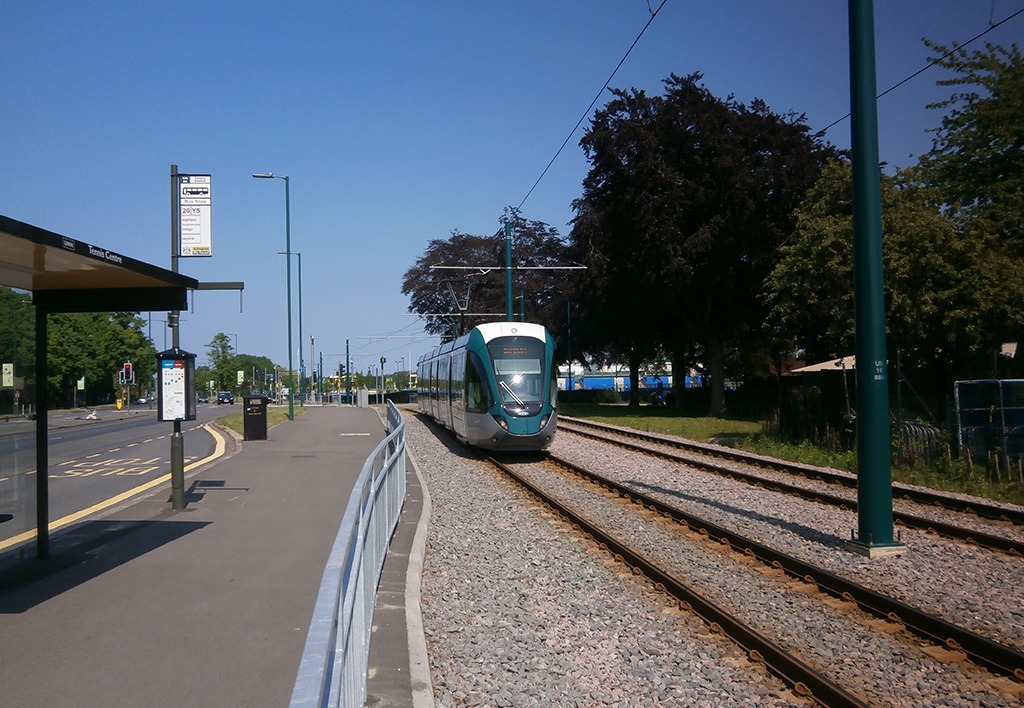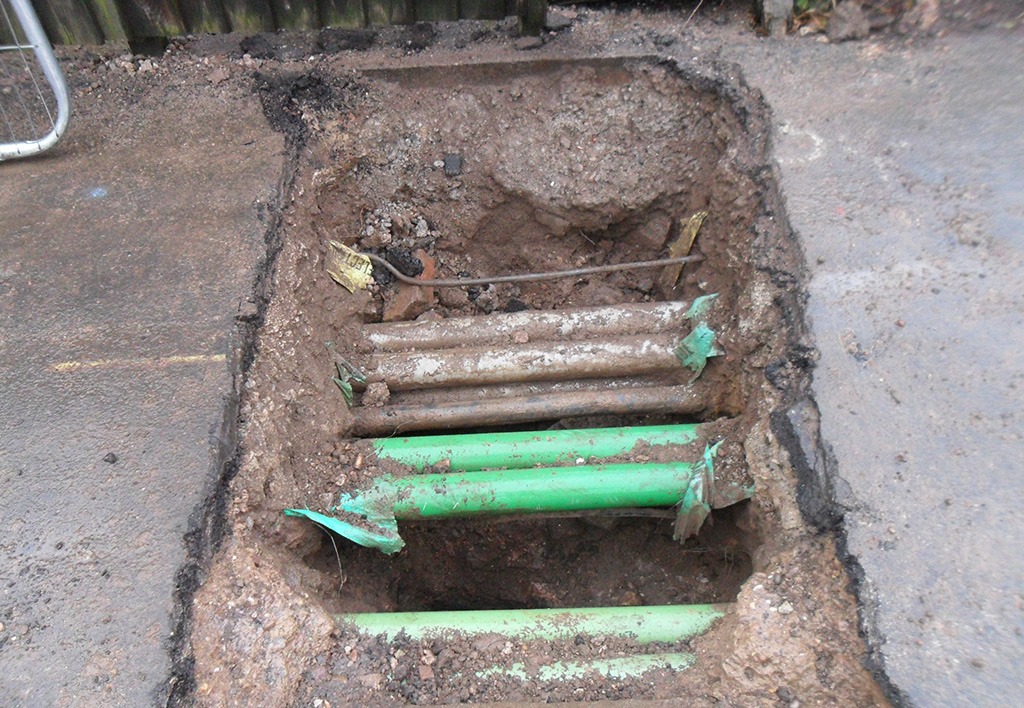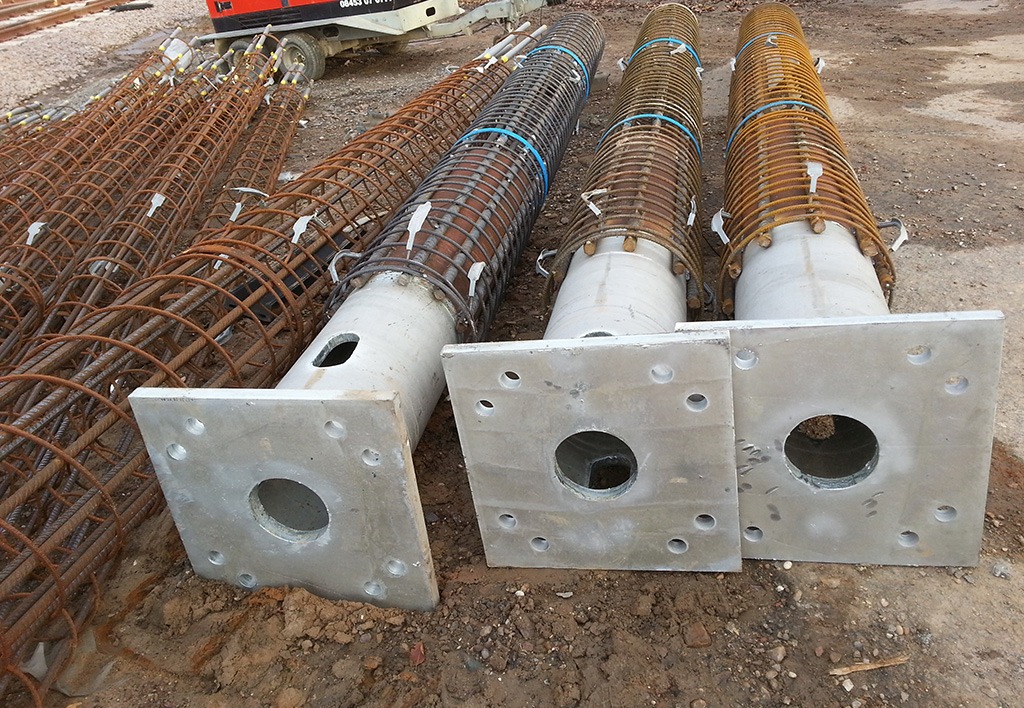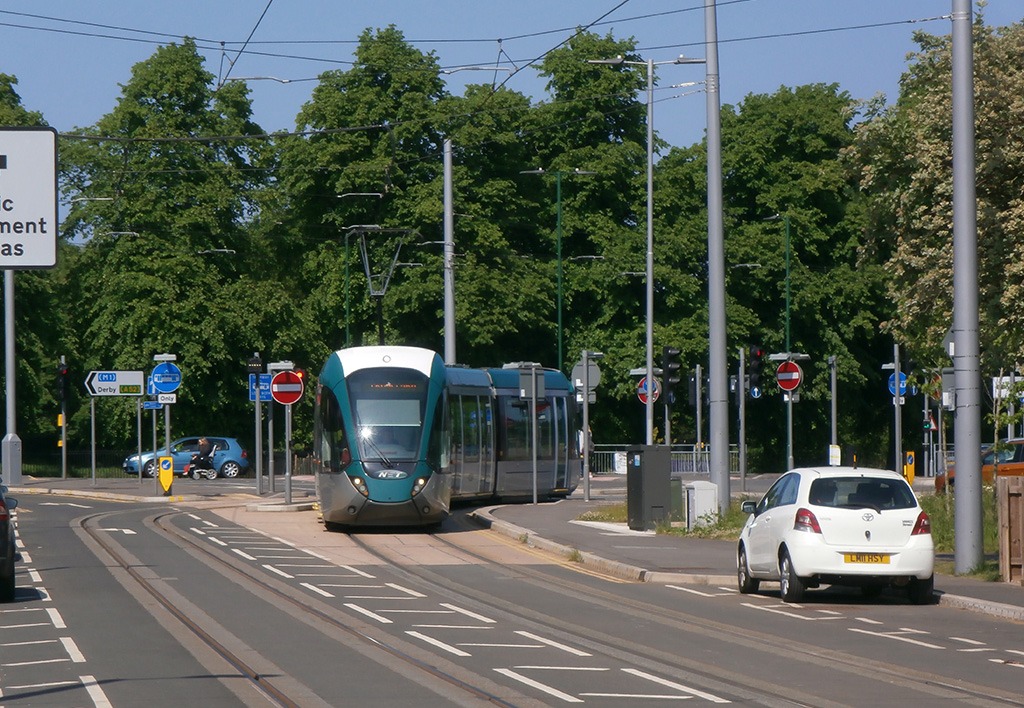Nottingham Express Transit
Restricted Access
MAIN CONTRACTOR
Taylor Woodrow and Alstom, joint venture
CLIENT
Nottingham Express Transit
LOCATION
Nottingham
SCOPE OF WORKS
PROJECT BRIEF
Nottingham already had a successful tram and rail link which opened in 2004 and runs from the north of Nottingham into the city centre. Phase 2 of this network system started in early 2012 and created: two additional routes, 17.5km of track, 28 tram stops outside of the city centre and links the city with Nottingham University, the Queens Medical Centre, Beeston, Chilwell and Clifton. This £570m expansion project means 20 million more passengers can use the tramway every year. This prestigious project was a joint venture undertaken by Taylor Woodrow and Alstom.
KEY ISSUES
The project involved foundations for the (OLE) Overhead Line Equipment supports. Roger Bullivant Limited (RB) was contracted to install piles for these supports.
The foundations, designed by Mott MacDonald, utilised a unique cage design that incorporated a steel stub column base within the cage. This design was adopted to reduce construction time as the support fixing plates removed the need to cut down and cap piles.
The challenges included installing piles in a heavily urbanised environment while keeping the existing infrastructure intact, and with minimum disturbance to nearby businesses and residents.
SOLUTION
-
- RB installed a total of 197 sectional flight auger (SFA) piles, in two sizes 600mm and 450mm, to various depths from six to nine metres. Two RB restricted access rigs were used – a Klemm 708 rig and a Soil Mec.
- The high density of subsurface services required an innovative approach. Increased levels of desk studies with service providers and site and service detection were employed by Taylor Woodrow (TW), prior to breaking ground.
- TW then excavated trial pits at all proposed positions using specialist vacuum excavations. Where services could not be diverted, a special steel tube casing, designed not to move once installed, was used to protect services from the augers.
- When working on sections of the constructed tramline or within the town centre, rubber tracked rigs were used to ensure no damage was caused to the existing and newly placed infrastructure.
- Working to schedules to allow all the various disciplines to deliver their works up and down the project route was a logistical challenge.
- Any design changes that could change the piling schedule needed to be easily accommodated. This was achieved using RB restricted access rigs that could easily be moved between sections.
- The project was geographically very challenging, working at many different city centre locations across 17.5km of new track. This meant recognising and considering public access needs while operating a safe site at each location.
- Priority was given to maintaining public access where possible. The challenge of working on pavements close to shop and house fronts on busy high streets, while maintaining safe exclusion zones, required detailed planning to carry out the works at off peak times were possible.
- The unique cage design delivered time savings to follow-on trades. The design allowed the plates to be installed above or below the working platform to meet the finished road levels. While installation below the platform level was an engineering challenge, the innovative steel tube casing protecting services, provided accurate level control, while ensuring the safety of the team.
- The tram route was divided into 25 sections, each with its own site teams of engineers and section leaders. The RB site-based engineer liaised closely with the TW dedicated piling co-ordination manager and the individual teams to ensure service protection and public safety was given top priority throughout the works, on what was a prestigious infrastructure project within a sensitive urbanised development.





